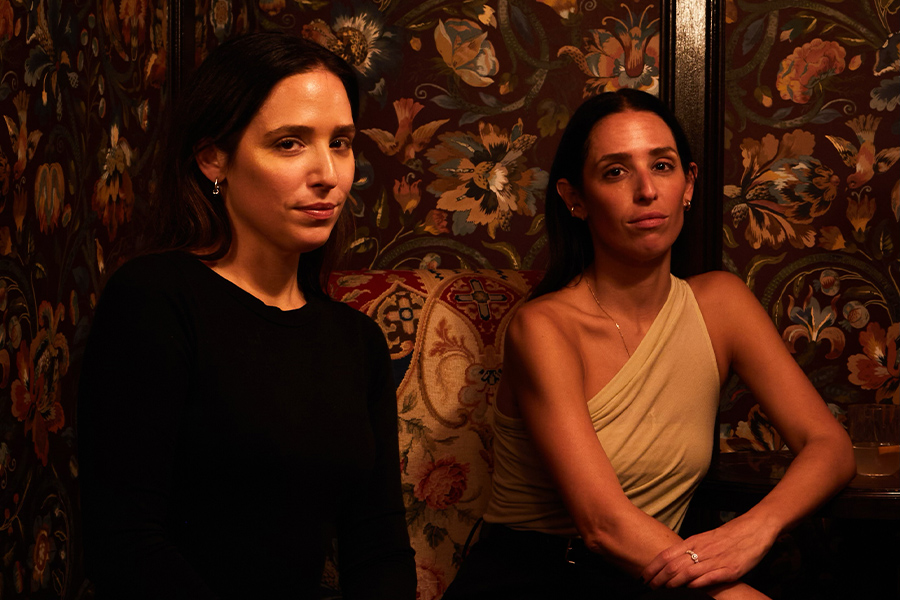Hugh Broughton founded of his eponymous London-based architecture firm in 1995 and has been pushing the boundaries of contemporary architecture and technology ever since. With completed and ongoing projects in Antarctic, the architect shares what it’s like to design for the ice-covered continent.
First Timers
Our involvement in Antarctica stretches back to 2005 when we teamed up with a firm of engineers [to design the Haley VI British Antarctic Research Station]. Because ice floats out of the continent, it had to be relocatable, which was why we created modules, and [it had to] support the wellbeing of the 15 people isolated on this site for nine months of the year.
In the Dark
Because it’s dark 24 hours a day for three months of the year, we worked with a color psychologist to develop special types of colors to handle seasonal affective disorder (SAD). Blue promotes intellectual focus, red gets the blood going in the gym, and peachy hues help you go to sleep. All these measures counteract the sensory deprivations you experience.
Home Away From Home
There’s a pragmatic side to these [research station] projects, but it doesn’t mean they can’t be well-designed. We made bedrooms comfy and warm, but not so big that you could hide in your room. We designed it as a way to bring people together and foster unity of purpose. Although it’s a practical science research base, it should still be comfortable.
Ice Ice Baby
The site of the British base is featureless; it’s flat and white. We arrived on a dull day, and there wasn’t great definition between sky and ice. But you start noticing details you might not notice with visual stimulation, [like] the clouds and the patterns the wind makes on the ice. It becomes alluring; it’s a captivating environment. Experiencing that isolation is a privilege.

A rendering of Britain’s Rothera Research Station in Antarctica, scheduled for completion in 2023
Photo by Jane Airey, rendering courtesy of Hugh Boughton Architects
This article originally appeared in HD’s May 2020 issue.


